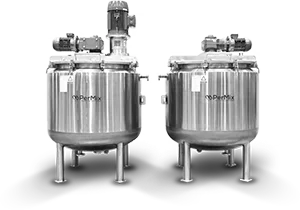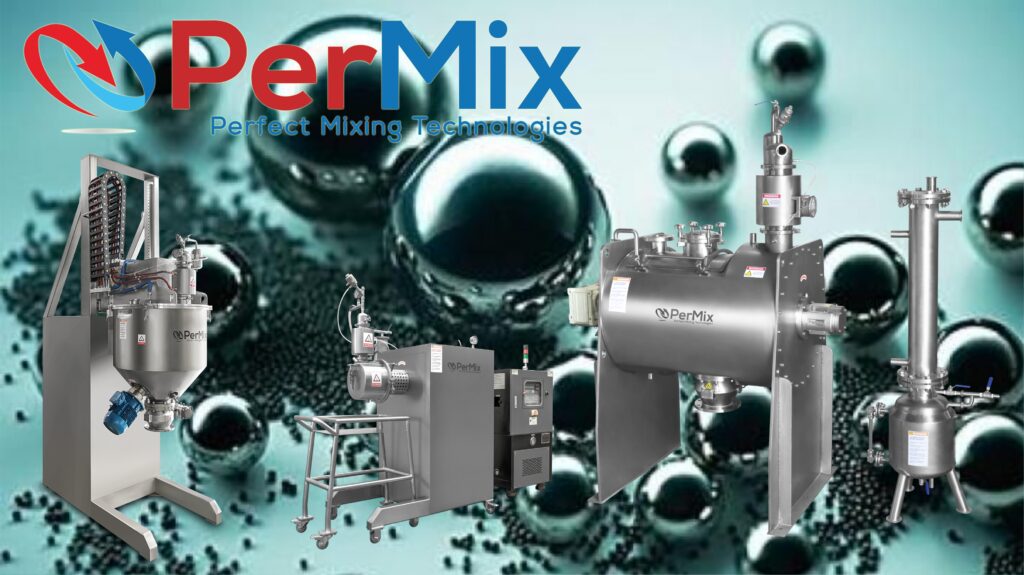Industrial Mixers
PerMix News & Updates


Nanotechnology is a rapidly growing field of science and technology that deals with the manipulation of matter on an atomic, molecular, and supramolecular scale. In recent years, nanotechnology has made its way into many industries, including food and beverage, cosmetics, medical, and chemical manufacturing. As such, the need for efficient and reliable powder mixing has become increasingly important.
In nanotechnology applications, powders are often used to create nanomaterials such as nanotubes, nanowires, and nanofibers. These materials can be used to create ultra-small and ultra-lightweight components that can be used in a variety of applications, such as electronics, energy storage, and medical devices.
Powder mixing is an essential part of nanotechnology, as it is used to create uniform mixtures of small particles. This ensures that the particles are evenly distributed throughout the mixture, which is necessary for producing high-quality nanomaterials.
The most commonly used method of powder mixing in nanotechnology applications is mechanical mixing. Mechanical mixing involves using a mechanical stirring device to mix the powder. This method is relatively easy to use and can be used to achieve a high degree of homogeneity in the mixture.
However, mechanical mixing can be time-consuming, and it may not be suitable for certain nanotechnology applications. For example, if the particles are very small, mechanical mixing may not be able to adequately mix the powder. In this case, other methods of powder mixing may need to be used.
Ultrasound is one of the most efficient methods of powder mixing in nanotechnology applications. Ultrasound is a type of sound wave that is used to create vibrations in the particles, which can help to mix the powder. Ultrasound is also very fast, and it can be used to mix large volumes of powder in a short amount of time.
Magnetic stirring is another efficient method of powder mixing in nanotechnology applications. This method uses a magnetic field to create a rotating magnetic field around the particles, which causes them to move and mix with each other. This method is particularly useful for mixing small particles, as the magnetic field can penetrate deeply into the powder.
Finally, electrostatic mixing is a method of powder mixing that uses an electric field to create a charge on the particles. This charge can cause the particles to move and mix with each other, which can help achieve a higher degree of homogeneity in the mixture.
In summary, powder mixing is an essential part of nanotechnology, as it is used to create uniform mixtures of small particles. Mechanical mixing is the most commonly used method of powder mixing, but other methods such as ultrasound, magnetic stirring, and electrostatic mixing may be more suitable for certain nanotechnology applications.
